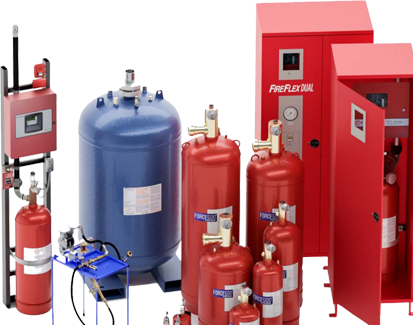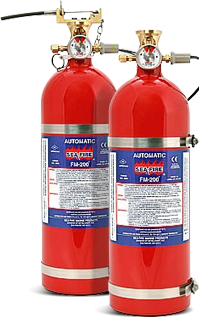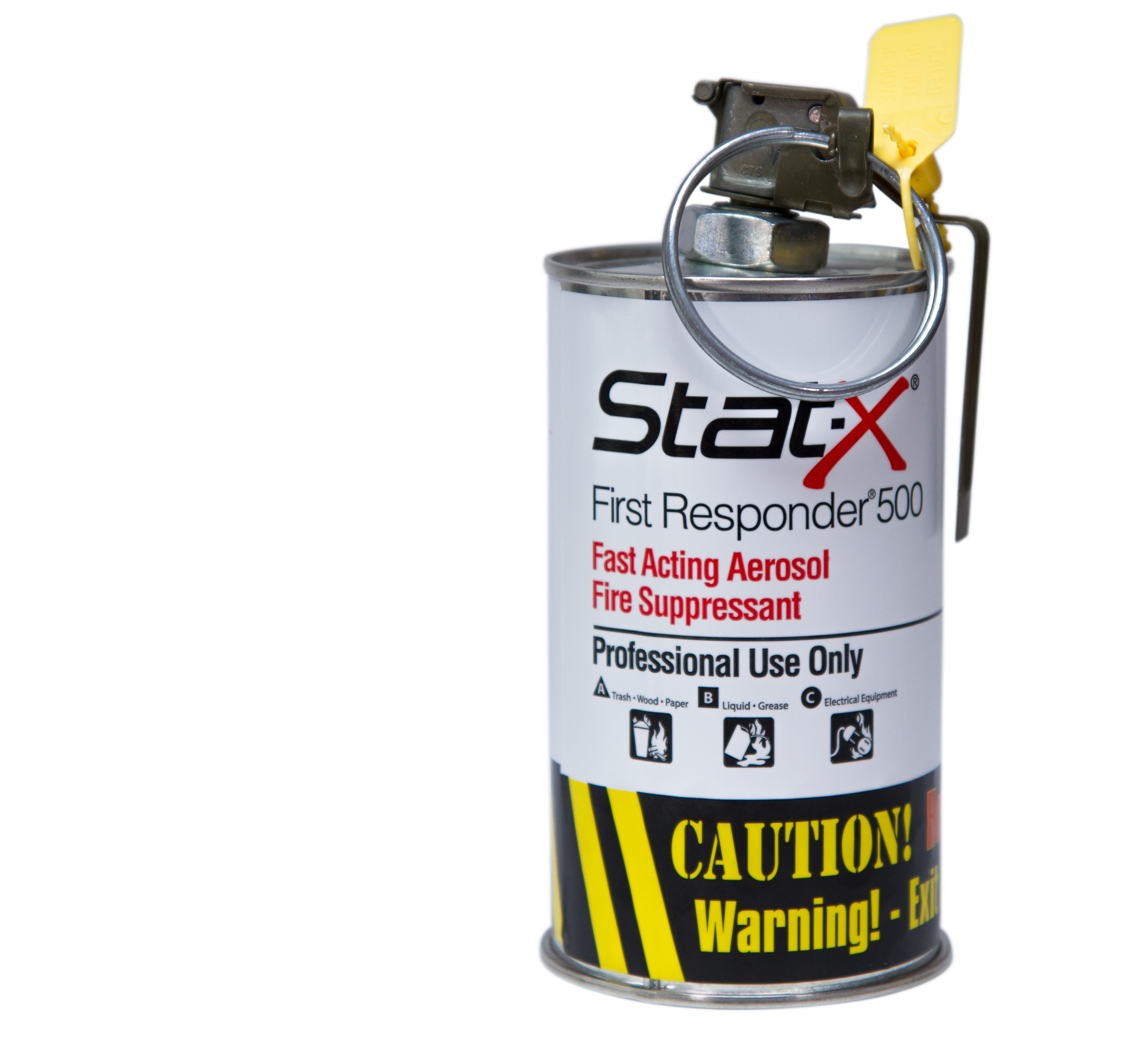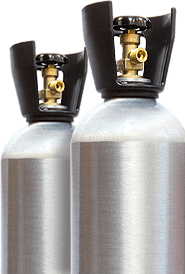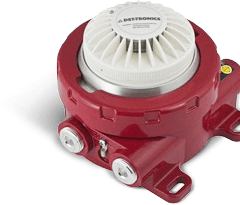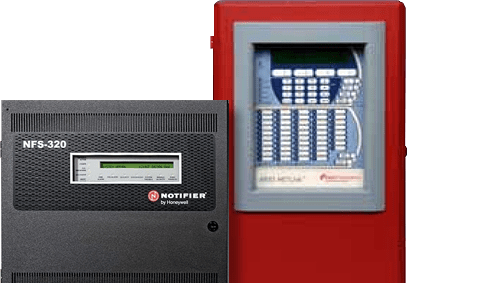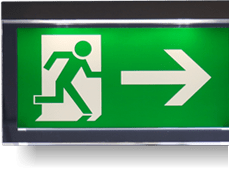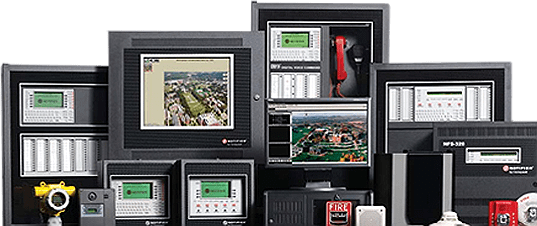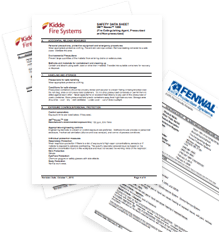How to Minimize Downtime After a Fire with the Right Suppression System
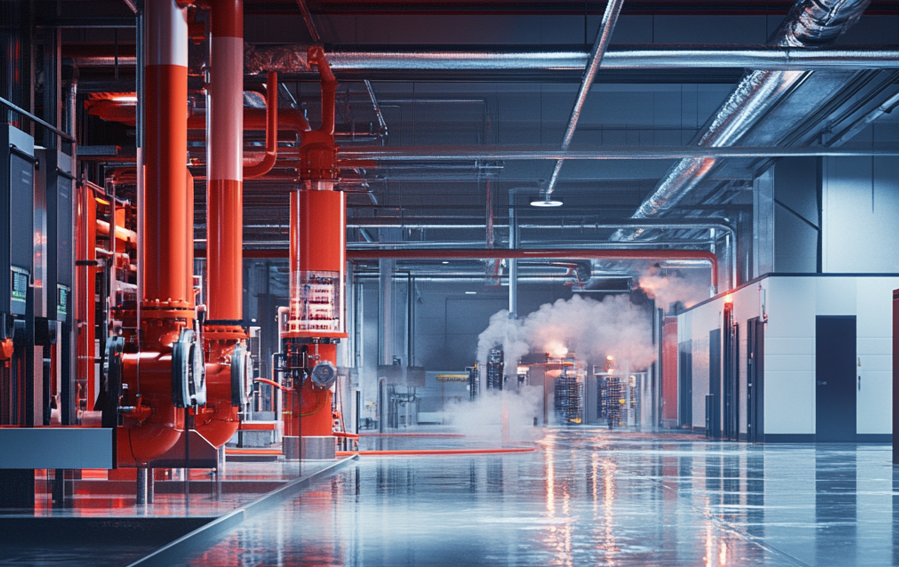
One of the major contributors to loss after a fire is the excessive downtime that can occur. Damage from the fire itself can contribute to this downtime, but the effects of fire suppression can also exacerbate how much time you lose. Minimizing this downtime is critical to the health of your business. Choosing the right fire suppression system can be a critical factor in the losses you incur because of fire suppression.
The Importance of Fast-Acting Fire Suppression
Several factors can affect the extent of losses because of a fire. One of the most critical factors is how fast your fire suppression system detects, activates, and suppresses the fire. Logically, the quicker a fire is detected and suppressed; the less damage is done. The less damage caused by the fire and the suppression system, the lower your losses and the faster your business can be back in operation.
Explore further
Automatic Detection and Suppression
The traditional water-based fire suppression system depended on sprinkler heads, that would react to a specific temperature to open the sprinkler head and allow water delivery to suppress the incipient fire. Technology has enhanced this system to include detectors that detect and react to heat, smoke, and even open flames. These new technologies often operate faster than the old sprinkler delivering suppression agents faster.
Early detection and activation minimize losses because of flame damage, smoke, and heat damage. Less critical infrastructure becomes exposed to heat and smoke. Recovering from less damage reduces costs and shortens recovery times. This decreases recovery costs and hastens a return to operations to maintain cash flow.
Clean Agent Systems for Sensitive Environments
Protecting sensitive and critical equipment and infrastructure is the goal of a good fire protection plan. A properly designed and installed clean agent suppression system can often protect these assets without exacerbating the recovery costs because of further damage by the suppression system. When dealing with highly sensitive equipment such as electronics or communications equipment, these costs can escalate rapidly.
Choosing the Right Suppression System for Your Business
There are more options than ever when choosing a fire suppression system for your installation. Beyond the choice of a traditional water-based system, you can choose from aerosol and gas-based systems. Finding the correct type of suppressant and system for your installation can lessen your losses dramatically if a fire occurs. Making the correct decisions must include knowledge of your assets, specific risks, and your operational needs. This often involves specialized training and knowledge of risks and available fire suppression options.
Waterless Suppression Systems for Electronics and Data
Today, very few businesses do not have assets that need special considerations for fire protection. Data centers, computers, communications systems, and expensive manufacturing technologies, such as CNC machines, can challenge traditional fire suppression systems. These kinds of equipment and operations need special protections such as clean agent systems to ensure that the damage from fire suppression activities doesn't cause more loss than the actual fire.
A small fire in a data center may be easily controlled, but the resulting losses to equipment and downtime to recover damage caused by water can easily exceed the actual fire damage. A properly chosen and installed clean agent system minimizes damage to sensitive equipment and reduces cleanup and recovery time.
Post-Fire Recovery Strategies to Reduce Downtime
If you suffer a catastrophic loss because of fire, there are some strategies to employ that will lessen your downtime and reduce actual losses to your business.
People also search
- Immediately assess the extent of your damage and estimated losses to help prioritize your responses.
- Engage professional restoration service where necessary.
- When electronics are involved, prioritize your data recovery operations.
- Arrange for temporary relocation to facilitate your continuing operations.
- Establish a good communications plan to keep employees, customers, and stakeholders informed.
- Review your emergency plans in light of your experience to help mitigate future problems.
Maintenance and Inspection of Suppression Systems
Of utmost importance is ensuring that your existing fire protections systems are operable at all times. A major part of your fire and life safety plan should be a comprehensive inspection, maintenance, and testing protocol for all of your fire protection systems. Most manufacturers of fire protection systems can provide you with a sample program and a schedule of required maintenance for your systems. The best fire protection system is worthless if it is not properly maintained and tested to ensure proper operation.
Choosing the most appropriate type of fire protection system can be critical to minimizing losses in the event of a fire. Understanding how to prioritize exposure and risk, knowing the importance of each aspect of your business, and ensuring that losses are held to a minimum should be the driving forces in designing and installing a fire protection system.
To ensure that your business is adequately protected, contact the professionals at Control Fire Systems today . Our knowledge and expertise can be invaluable in protecting your business and investments.





